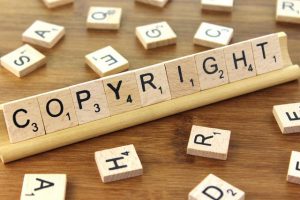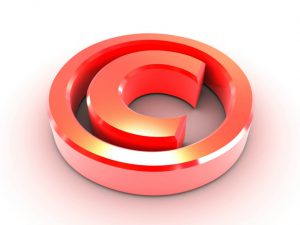Do You Want to Know About Copyrights Protection And Its Related Rights?
Copyrights and related rights:
Copyrights protection is given for original literary and artistic works, including literature, music, dramatic work, drawing and paintings, audio and audio-visual productions. Besides the economic reasoning, copyright law finds justification within sociological and the ethical parameters too. It recognizes both the natural right that an author has in order to prevent mutilation of his creation, and the contribution made by such works to the advancement of society as a whole.

Neighbouring rights protection:

Related or neighbouring rights refer to the rights of performing artists, phonogram producers and broadcasting organisations. Computer programmes including websites and software, though quite different in nature, are recognised as literary works and have been given copyright protection as literary work in the TRIPS and all the benefits extended to literary works internationally till now get extended to these programmes.
Varied bundle of rights:

The gamut of areas protected under copyright law is vast. In this sense, the word ‘copyright’ is a misnomer and can be misleading for a person just initiated into the field. A more appropriate nomenclature would be the names of the various subject matters protected under copyright law rather than the use of such blanket term. The nature of rights given in relation to, say phonograms and computer programmes though they overlap, but differ significantly. There is a possibility of multiple copyrights in one product, e.g., sound recordings and cinematograph films and web portals. Moreover, copyright as such is a bundle of rights. Copyright law is a skeletal law and cannot be understood without appreciating the industry practice and contractual rights created among various players under copyright system.
Consider this chain of production activities:

X – a singer in a restaurant, performs live. The performance is recorded by JAM venture, which brings out audio tapes of the performance. All India Radio (AIR) FM broadcasts these on radio naturally with permission of JAM. Y, an owner of music corner, records the programme broadcast and then rent out the tapes. Firstly, the lyrics used by X would have a copyright which would vest in the author (lyricist). If the song is sung helped by composition of music, there would be copyright in the musical work also.
Copyright law defines X’s rights as performer’s rights. The scope of her rights should ideally extend to making and renting of the tape by JAM, which would get her a share of revenues from the renting of the tape. JAM has copyright in sound recording and phonogram producers rights, which gives them rights other broadcasts and subsequent renting of the tapes. X should receive a share from both AIR and JAM. Y is an infringer of the copyright and performers rights. AIR has broadcaster’s rights deriving through JAM. Y may be allowed to rent the tape procured from authorised channels of X and JAM. This example shows the immense scope of copyright law and how the rights covered under it differ. Moreover, it shows the obvious difficulties one is likely to face in their enforcement.
Expression of copyrights:

Copyright exists in reference to the expression of an idea and not to the idea itself. The requirement of originality thus relates to the specific presentation of the subject matter, the subject matter may or may not be original. A copyright work may be translated, adapted or converted into other protectable forms of subject matter only by the right holder. The rights are vested in the author of the work. If he is in employment, then mostly the employer is entitled to the rights. The new thinking about display of minimal creativity in addition or substitution of the ‘sweat of the brow doctrine’ as adopted in India, would take subsistence of copyright in a given product in the realm of courts. There has been no formality for vesting of the copyright, they vest as soon as the work is created or published.
Duration of rights:
The term of copyright protection is generally fifty years after the death of the author. In the case of performers and phonogram producers, the term lasts for a period of fifty years from the end of the calendar year in which the fixation was made or the performance took place. Broadcasting organisations enjoy such protection for a period of twenty years.
In India, the duration of copyright was increased to sixty years by amendment and performers were given performer’s rights initially for twenty five years and have been raised to fifty years by copyright amendment act of 1999. In India the governing law is the copyright act, 1957, as amended by the amendment act of 2012. Broadcasting organisations have rights for 25 years.